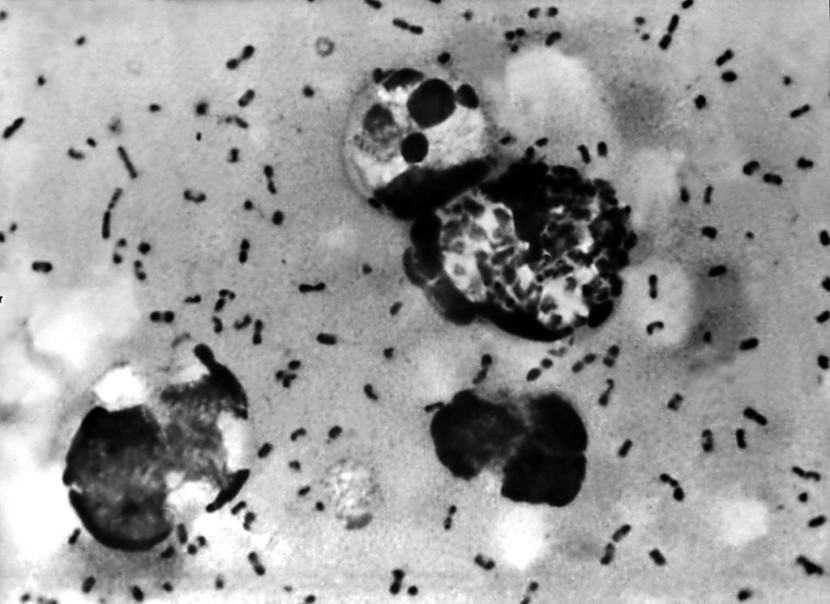
Amidst the current health crisis faced by the whole world due to the coronavirus pandemic, the resurgence of another disease is currently causing fear in California as one resident caught a rare case of the deadly Bubonic Plague.
According to reports, the resident came back from walking his dog in South Lake Tahoe before falling ill. After which El Dorado County Department of Health and Human Services has confirmed that the resident has contracted the deadly disease.
Based on the provided data, it was stated that some insects and animals carry the disease in the region. However, this is the first reported human case in the past five years.
According to Daily Express, the county department stated that the resident may have caught the disease after being bitten by an infected flea while walking their dog since the resident is known to be an avid walker. The department also added that the resident may have been infected along the Truckee River Corridor north of Highway 50 or in the Tahoe Keys area.
Based on the statement, medical professionals are already looking into the case and are taking care of the patient at his home.
Bubonic plague is caused by the bacteria Yersinia pestis., it is also the disease behind what is considered as the deadliest pandemic in the history of humans also known as the "Black Death." A person who has caught the disease usually exhibits symptoms such as nausea, fever, swollen lymph nodes, and weakness. The symptoms usually begin to show up within two weeks of getting in contact with an infected animal.
Read also: Experts Urge People to Get Flu Shot, Fear a Possible 'Twindemic' as Flu Season Approaches
In light of this, residents within the area have been told to be cautious when hiking within the proximity of Lake Tahoe. El Dorado County Public Health Officer, Dr. Nancy Williams stated that plague is naturally occurring in many parts of California including areas in El Dorado, thus people are advised to take precautions when having activities outdoors especially in areas where wild rodents are present.
She also emphasized the severity of human cases of bubonic plague.
Before the current case, the last bubonic plague case recorded in California was is 2015. The cases were of two visitors who were infected after visiting Yosemite Park. The two recovered from the disease and was said to have contracted it after being exposed to fleas and rodents during their visit, Forbes reported.
The resurgence of the plague
Aside from California, a troubling resurgence of the bubonic plague has also been seen in China in the past months. The cases in some parts of Inner Mongolia prompted authorities to seal off certain areas in the region.
Several people have been put in quarantine including 9 close contacts and 26 secondary contacts of the initial case. The move was done in order to prevent the disease from spreading, which may cripple the healthcare system which is just recovering from the COVID-19 pandemic.
© 2026 HNGN, All rights reserved. Do not reproduce without permission.








